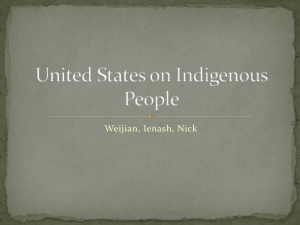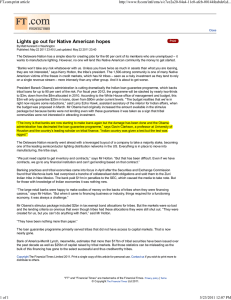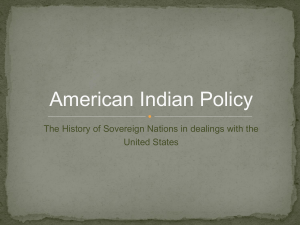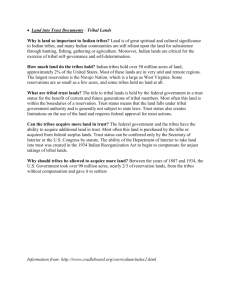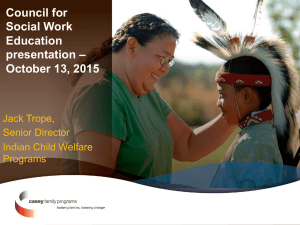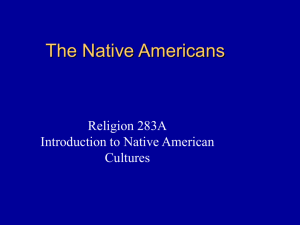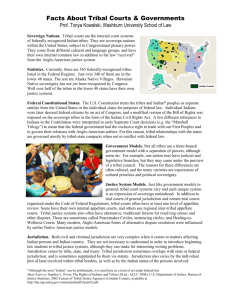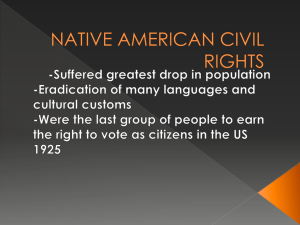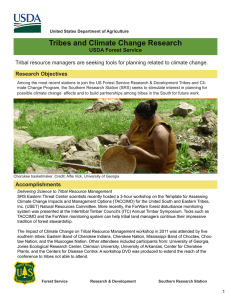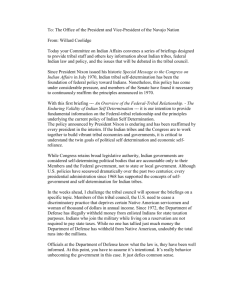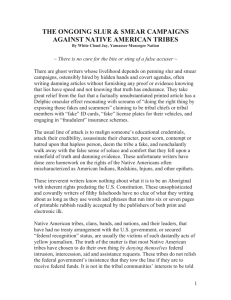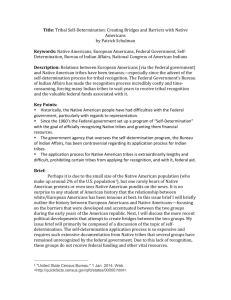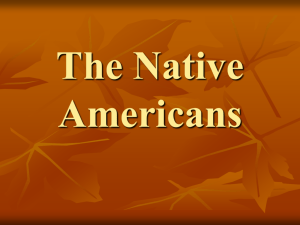SUCCESSFUL MODELS IN LANGUAGE PRESERVATION – excerpt
advertisement
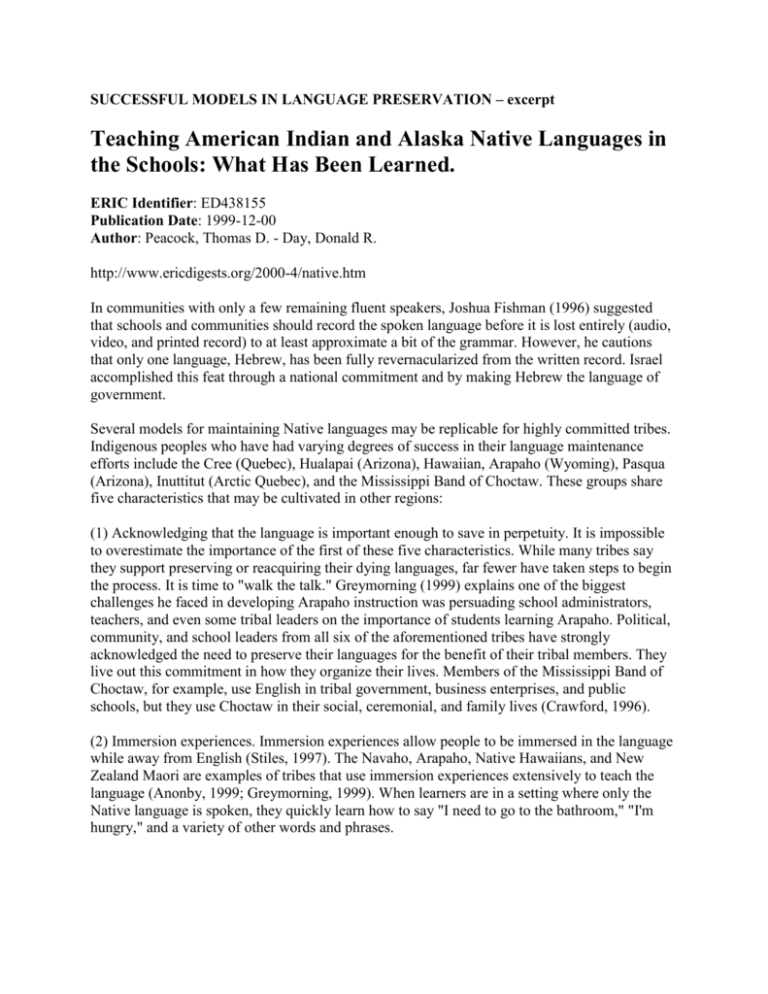
SUCCESSFUL MODELS IN LANGUAGE PRESERVATION – excerpt Teaching American Indian and Alaska Native Languages in the Schools: What Has Been Learned. ERIC Identifier: ED438155 Publication Date: 1999-12-00 Author: Peacock, Thomas D. - Day, Donald R. http://www.ericdigests.org/2000-4/native.htm In communities with only a few remaining fluent speakers, Joshua Fishman (1996) suggested that schools and communities should record the spoken language before it is lost entirely (audio, video, and printed record) to at least approximate a bit of the grammar. However, he cautions that only one language, Hebrew, has been fully revernacularized from the written record. Israel accomplished this feat through a national commitment and by making Hebrew the language of government. Several models for maintaining Native languages may be replicable for highly committed tribes. Indigenous peoples who have had varying degrees of success in their language maintenance efforts include the Cree (Quebec), Hualapai (Arizona), Hawaiian, Arapaho (Wyoming), Pasqua (Arizona), Inuttitut (Arctic Quebec), and the Mississippi Band of Choctaw. These groups share five characteristics that may be cultivated in other regions: (1) Acknowledging that the language is important enough to save in perpetuity. It is impossible to overestimate the importance of the first of these five characteristics. While many tribes say they support preserving or reacquiring their dying languages, far fewer have taken steps to begin the process. It is time to "walk the talk." Greymorning (1999) explains one of the biggest challenges he faced in developing Arapaho instruction was persuading school administrators, teachers, and even some tribal leaders on the importance of students learning Arapaho. Political, community, and school leaders from all six of the aforementioned tribes have strongly acknowledged the need to preserve their languages for the benefit of their tribal members. They live out this commitment in how they organize their lives. Members of the Mississippi Band of Choctaw, for example, use English in tribal government, business enterprises, and public schools, but they use Choctaw in their social, ceremonial, and family lives (Crawford, 1996). (2) Immersion experiences. Immersion experiences allow people to be immersed in the language while away from English (Stiles, 1997). The Navaho, Arapaho, Native Hawaiians, and New Zealand Maori are examples of tribes that use immersion experiences extensively to teach the language (Anonby, 1999; Greymorning, 1999). When learners are in a setting where only the Native language is spoken, they quickly learn how to say "I need to go to the bathroom," "I'm hungry," and a variety of other words and phrases. (3) Literacy programs. Developing the ability to read and write a language helps the language to become permanent. Languages with literary traditions generally survive longer than languages without literary traditions or languages with only oral traditions (Anonby, 1999). (4) Community input and assistance. Success of language maintenance efforts depends on strong community support. If parents do not support their children learning their Native language, success will be difficult. And language initiatives must be interwoven with efforts to preserve Native culture. Many people see no need to learn a language if they do not understand their culture and vice-versa. Nor can successful language efforts prevail if the leadership originates from outside the community. Language preservation must be led by Native institutions, organizations, and tribal activists (Crawford, 1996). (5) Language programs in the schools. One of the most successful initiatives to wipe out American Indian cultures was the requirement that American Indian children attend federal boarding schools. At these schools, American Indian children were not allowed to speak their Native languages. Thus, what hundreds of years of conflict and dislocation could not accomplish, the boarding schools nearly did. Within only a couple of generations, most American Indian and Alaska Natives forgot how to speak their Native languages, and, along with their own languages, they lost significant portions of their cultures that were embedded in these Native languages.

